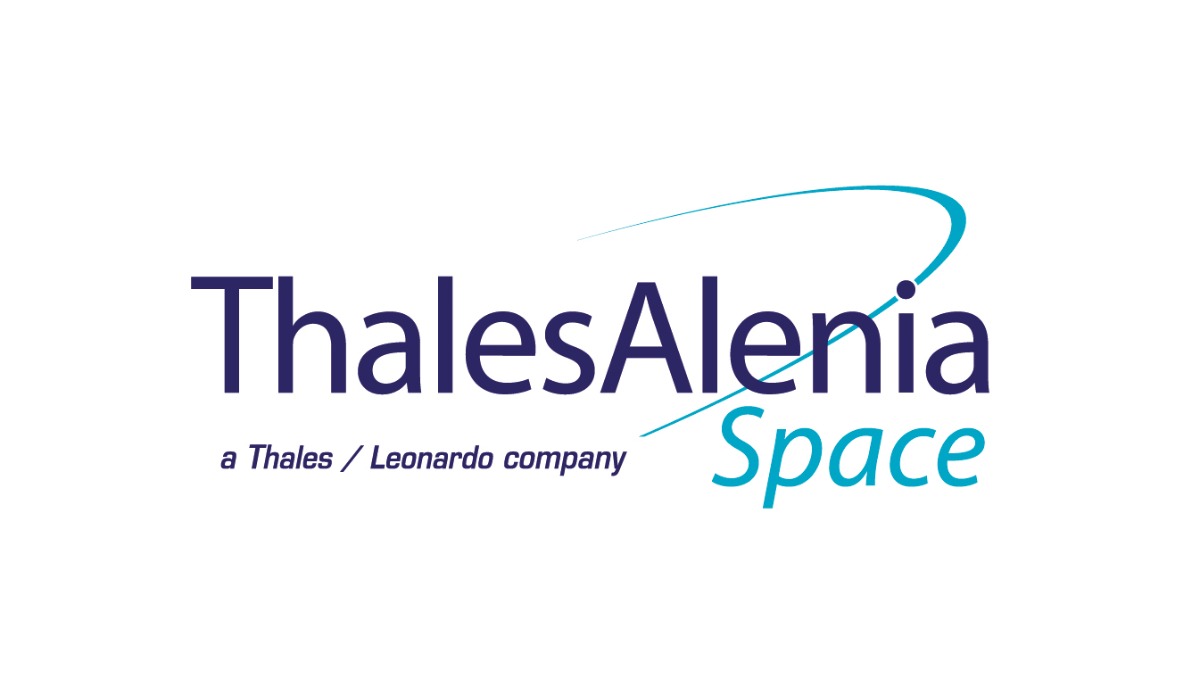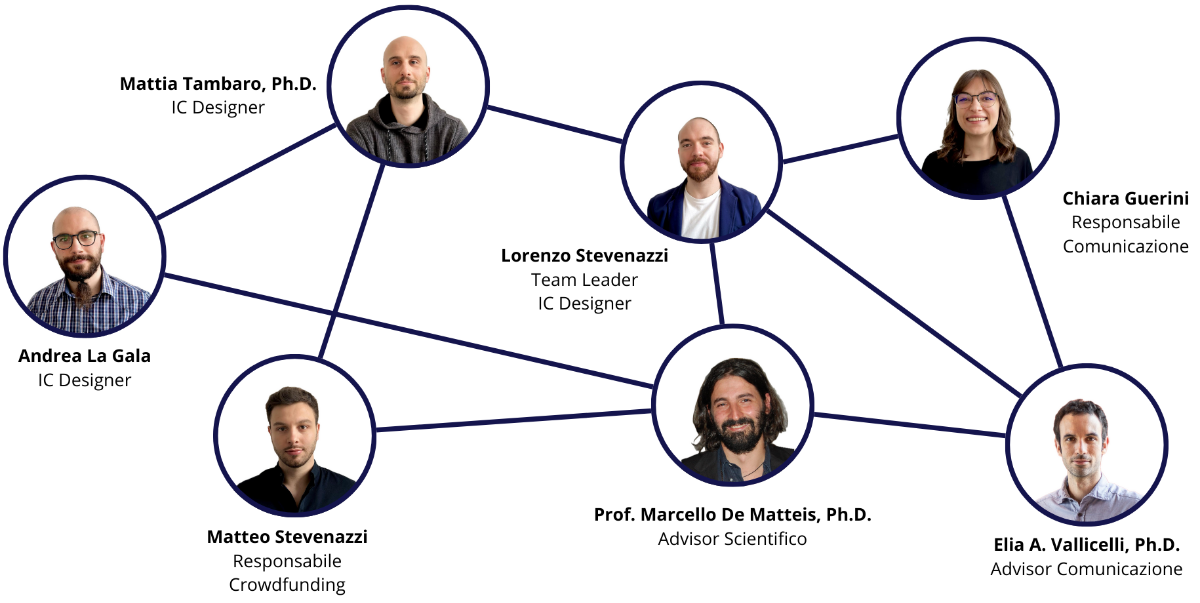

by: Team TinyNeuron - Silicon Neuron for AI | data 29/04/2024

The human brain has billions of neurons connected by an even greater number of synapses. Thanks to its interconnected structure, it can handle a huge amount of information simultaneously, all while consuming less energy than an old incandescent light bulb.
Unlike our brain, the energy required by systems that execute artificial intelligence algorithms that surround us today — smartphones, smart speakers, voice assistants, and IoT devices among others — is often greater and it is constantly increasing. These algorithms are, in fact, usually executed partially on the device and on remote servers.

This disparity in energy consumption is mainly due to the different structures that the human brain and traditional computing architectures have. Neurons exchange electrochemical signals, known as "spikes," processing multiple data simultaneously (parallelism), at different times (asynchronous system), and only when there is a stimulus (event-driven). In contrast, the structure of traditional computers is based on the “von Neumann Architecture”, a data processing paradigm from the ‘40s, where the unit that stores information (memory) and the unit that processes it (CPU) are separate. In this case, data is processed at always-equal time intervals and in sequences of 0s and 1s, limiting the performance of the system.
The encoding of information by biological neurons has inspired the development of "Spiking Neural Networks," a class of artificial intelligence algorithms that show greater potential than conventional ones. Therefore, by taking inspiration from the structure and electrical behavior of the network of biological neurons, it is possible to design an artificial neural network, a neuromorphic microchip, capable of executing next-generation artificial intelligence algorithms.
Microchips with a neuromorphic architecture have applications in various fields, for example in order to:

This crowdfunding campaign is the first essential to start our research project, and your contribution is therefore valuable. What’s next? Here are the steps.
As the work progresses, we will keep you constantly updated to tell you all the developments of the research that you have made possible.
 Thales Alenia Space believes in our project and will co-fund the project, donating 5,000 € once we reach half of our goal (5000 €) in this crowdfunding campaign. Your contribution will be worth double, so donate now!
Thales Alenia Space believes in our project and will co-fund the project, donating 5,000 € once we reach half of our goal (5000 €) in this crowdfunding campaign. Your contribution will be worth double, so donate now!
We come mainly from the Microelectronics Group, Department of Physics, at the University of Milan-Bicocca, where we carry on interdisciplinary research activities. In recent years we designed biosensors to measure the electrical activity of neurons and now we are committed to reproducing their electrical behavior with a microchip. The goal is ambitious, and it will not end with this project, but this crowdfunding is an excellent choice to validate a small artificial neural network.
(*) For supporters residing outside of Italy, we are exploring options to provide rewards internationally, although this is not yet confirmed for the higher shipping costs. Please contact us and we will find a way to thank you!


Siamo un gruppo di giovani ricercatori e studenti che desiderano mettersi in gioco applicando le competenze apprese durante i loro studi:
- Lorenzo Stevenazzi, Team Leader: Dottorando in Fisica Applicata ed Elettronica, Università degli Studi di Milano-Bicocca
- Andrea La Gala: Dottorando in Fisica Applicata ed Elettronica, Università degli Studi di Milano-Bicocca
- Mattia Tambaro: Ricercatore in Microelettronica, Università degli Studi di Milano-Bicocca; Dottorato in Neuroscienze, Università degli Studi di Padova
- Chiara Guerini: Laureata Magistrale in Fisica, Università degli Studi di Milano-Bicocca, e attiva nella comunicazione scientifica per l’Associazione Italiana Studenti di Fisica (AISF)
- Matteo Stevenazzi: Studente di Economia, Università L. Bocconi, esperienza come responsabile amministrativo
Saremo supportati in questa iniziativa da:
- Elia A. Vallicelli, Advisor Comunicazione: Ricercatore, Università degli Studi di Milano-Bicocca
- Marcello De Matteis, Advisor Scientifico: Professore Associato, Università degli Studi di Milano-Bicocca